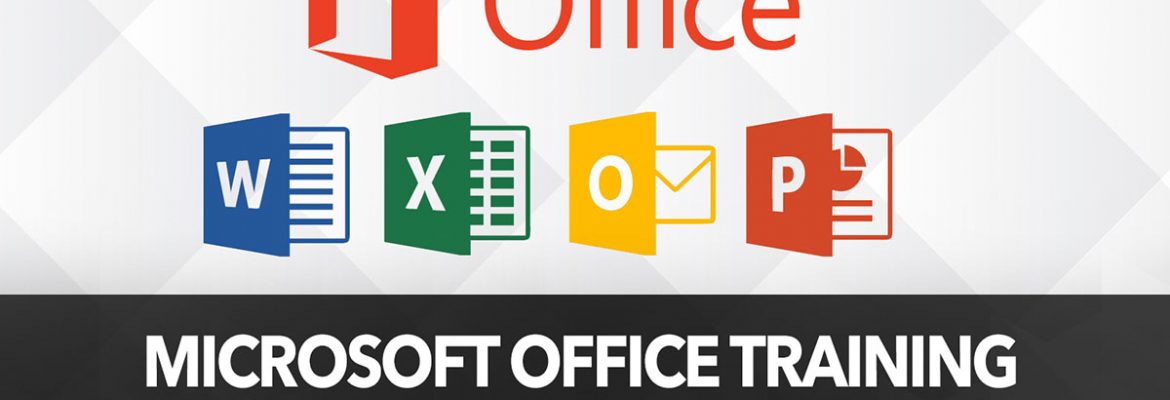Enterprise leaders considering the benefits of using Microsoft Office 365 to handle all of their productivity may find they need to give their employees a bit of a rundown of the suite’s full capabilities.
office Archives - Ultimate IT Courses
- By : UIC Staff
- CISCO, Industry News, Microsoft
- 0 Comments
- By : UIC Staff
- Industry News, Microsoft
- 0 Comments
Office 365’s maturing role in the enterprise
Commercial subscriptions to Office 365 almost doubled in Q4 2014 from Q4 2013 with 9.2 million people across the globe currently using Office 365’s Home and Personal package.
- By : UIC Staff
- Industry News, Microsoft
- 0 Comments
What does Office 365 look like in 2015?
This year was a big one for Microsoft, especially in regard to it’s Office productivity suite.
- By : UIC Staff
- Industry News, Microsoft
- 0 Comments
OneNote: A must-have productivity application?
A large number of enterprise workers use Microsoft Word, Excel and PowerPoint on a daily basis, but where does OneNote fit into the picture?
- By : UIC Staff
- Industry News, Microsoft
- 0 Comments
Office 365: The best solution for your business? (Infographics)
Workers across the globe are quite familiar with Microsoft’s signature productivity suite, but many are unaware of the benefits associated with the cloud-based solution. Office 365 was released in conjunction with Office 2013 to much fanfare, as it allowed consumers and professionals alike to work on projects from around anywhere at anytime. The solution isn’t
- By : UIC Staff
- Industry News, Microsoft
- 0 Comments
What enterprises should know about Office 2013
In sync with the release of Windows 8, Microsoft Office 2013 has been favored by many organizations that have continuously used the suite’s signature productivity applications.
- By : UIC Staff
- Industry News, Microsoft
- 0 Comments
What can be expected from the new Internet Explorer?
Microsoft training in Internet Explorer teaches enrollees how to monitor website traffic, manage company-wide networks and establish security protocols.
- By : UIC Staff
- Industry News, Microsoft
- 0 Comments
5 PowerPoint 2013 features professionals should take note of
As an enterprise-class solution, Office 2013 brought a whole list of new features to its applications, some of which were completely foreign to new users.
- By : UIC Staff
- Industry News, Microsoft
- 0 Comments
8 Word 2013 features that can boost productivity
Aside from the sleek interface characterized by Microsoft Word 2013, the Office productivity application has a number of functions many business professionals will find attractive.
- By : UIC Staff
- Industry News, Microsoft
- 0 Comments
Getting the most value out of Microsoft Excel
Billions of people around the world use Microsoft Office’s Excel application, but are they really using it to their full advantage?

